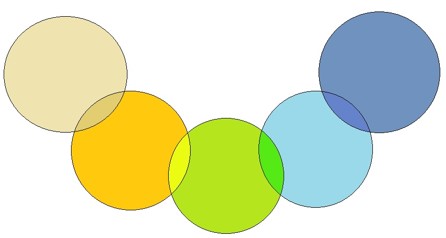By the end of this unit you should:

Read.
Research abstracts vary greatly. Research abstracts in the humanities differ dramatically from those in the sciences. This course focuses on research abstracts in the sciences. Research abstracts may be categorized in multiple ways, including by scientific domain, publication and format.
The conventions and expectations of readers and writers of abstracts differ by research domain, and so the best way to understand the conventions is to read many abstracts in your target domain. Abstracts within the same domain, e.g. computer science, may vary greatly within the domain. For example, abstracts that report theoretical work differ radically from those reporting applied or experimental work. The length of abstracts also vary drammatically. Extended abstracts are longer than regular abstracts. In computer science extended abstracts tend to be 2 pages.
The target publication or venue is also a key factor. Abstracts are written for conference presentations, conference proceedings, short papers (aka. short communications or letters), journal articles, theses and dissertations. Promissory abstracts may be submitted to conference organizers with the view of completing the research by the date of the conference or the submission date of the proceedings. In computer science, promissory abstracts are not so common as typically conferences require the full paper to be submitted prior to the conference. In some domains (e.g. linguistics), promissory abstracts are the norm.
Abstracts may also adopt very different formats. Traditional abstracts are texts written in prose. Structured abstracts used headings, which may be prescribed by the target publication. Structured abstracts are the default in medicine. Visual abstracts usually comprise of shorter text supplemented by an image, which frequently illustrates the result. Graphical abstracts are particularly common in materials science. In computer science, the most common type is a tradiational abstract of around 200 words.
The list below summarizes the main types of abstracts
When proofreading, each of these categories can serve as a filter. Writers can proofread their draft using one filter at a time, or using filters in combination.

Decide the type of abstract that is your target abstract by selecting one option from each of the fields below.
Find and read examples of the exact type of research abstract that you plan to write.
If you plan to submit a paper for publication in the proceedings of a conference, you should check the previously published proceedings of the same conference. If you need to write an abstract from a dissertation or thesis, then you should check the library holdings for your university. If you are planning to submit a research article to a journal, then naturally you should the research abstracts of articles published in the same journal.
Make sure that you know the difference between the following types of abstract: